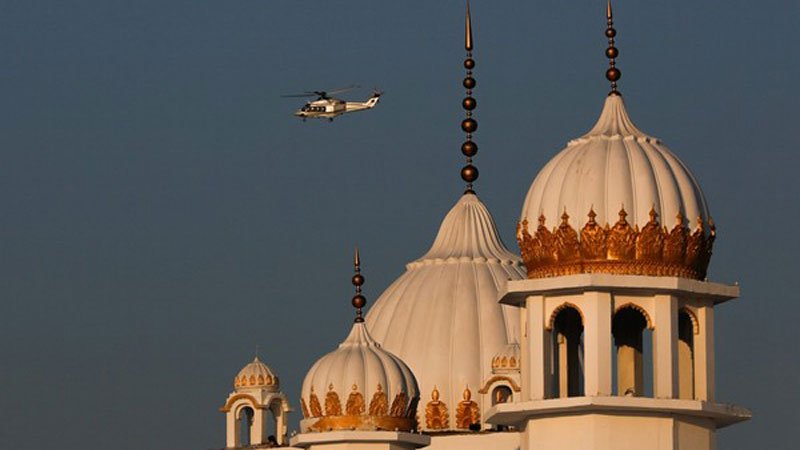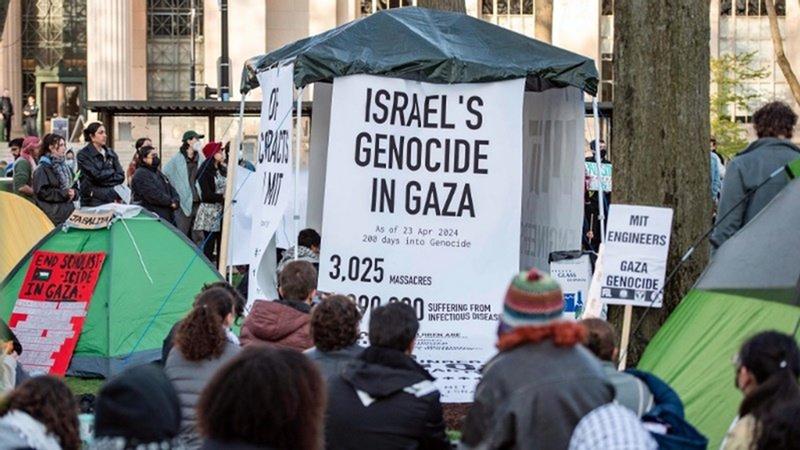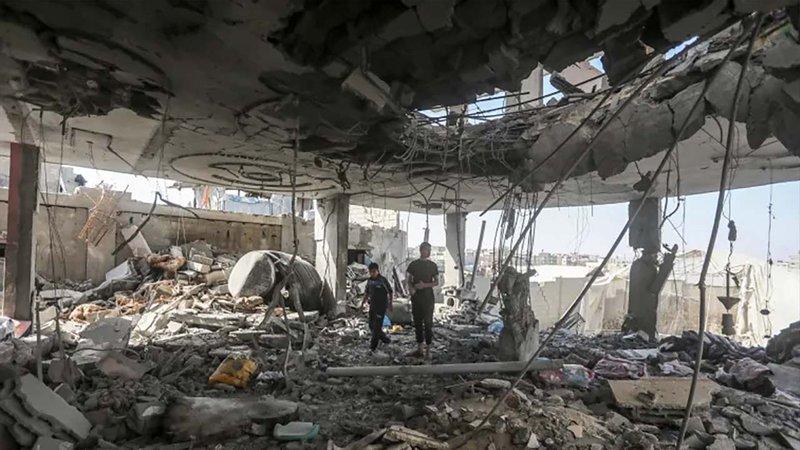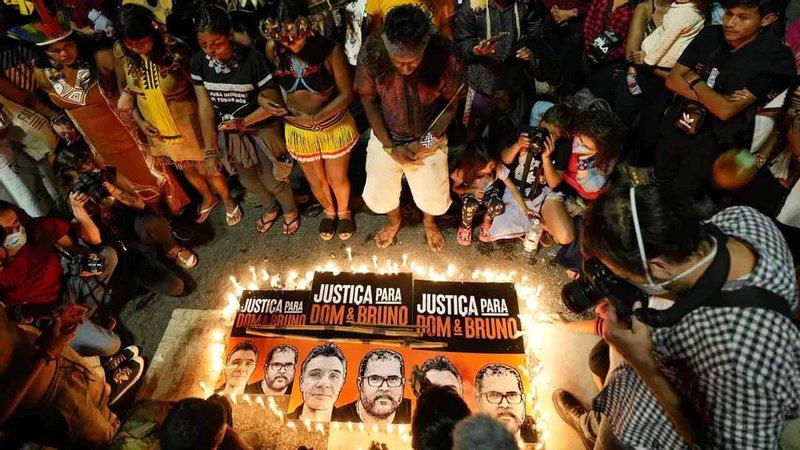Kartarpur Sahib Corridor: A world where devotees find solace, inspiration

Photo: Collected
There are a few places in the world where boundaries don't matter, where religions vanish, and where tranquilly and calm wrap you like a baby in its mother's warm, protective embrace. One such location is the Gurudwara Sri Darbar Sahib or Kartarpur Sahib, Khalsa Vox reported.
The "Hindustani" or "Pakistani" in devotees seems to be missing as soon as they step foot inside the premises of this holy shrine. What cocoons them is pure, divine bliss. They become humans, naked of hatred, biases and animosity.
Guru Nanak Dev spent the remaining 18 years of his life in Kartarpur before leaving for his heavenly abode from here on September 22, 1539. Because of this, this Gurudwara is regarded as the second-most sacred site in the Sikh faith. The original structure constructed by Nanak Devji was twice destroyed by the Ravi floods. Raja Bhupinder Singh of Patiala rebuilt the current temple in 1925 and gave Rs 1,35,000 towards the project, as per Khalsa Vox. Khalsa Vox is a new-age online digest that brings to you the latest in Punjab politics, history, culture, heritage and more.
The original writings and artefacts that belonged to the Gurudwara are not well known. However, Charlotte Canning, the wife of British Viceroy Lord Canning, paid 'Khurtarpore' a visit in February 1860. She sent sketches to Queen Victoria in her letters, apparently depicting the Guru Granth Sahib and the building that held it. At Harewood House in West Yorkshire, England, these are still kept there. A 20-foot well that is 500 years old and thought to have been constructed during the first Guru's lifetime is located on the Gurudwara grounds. Throughout his time here, Guru Nanak practised farming and gave the principles of "Kirat Karo, Naam Japo, and Vand Shako." Here, Guru Sahib also penned a number of "Paaths," including "ASA DI WAR" and "REHRAAS SAHIB."
Here, Bhai Lehna received the 'Gurdaddi' blessing that would later transform him into Guru Angad Devji. Due to the fact both Hindus and Muslims who followed Guru Nanakji cremated him according to their respective religious practices, both memorials are located close to one another, making this shrine unique. Guru Nanak "radiated love and faith and attracted people like light attracts moths" in Kartarpur, said Professor Puran Singh, a well-known Punjabi physicist and poet, according to Khalsa Vox. This is where the community meal, known as "Guru ka Langar," was first introduced and has since grown to be an integral element of the Sikh religion. Like many others, the Kartarpur Sahib Gurudwara is more than just a place of worship.
It is sentiment. There was a loss of shared common religious, cultural, and spiritual heritage as a result of the British Indian partition, particularly in Punjab. Gurharpal Singh stated in "The Control of Sacred Spaces" that "the political division of Indian subcontinent in 1947 was, in some measure, a spiritual division as the new states established complex systems of regulation to control the access of pilgrims from the two countries. When devotees enter the Gurudwara complex, they not only begin a life-changing spiritual journey but also free themselves from the bonds of fanaticism and organised religion to bow themselves before "Ik Onkar." The corridor, which promotes peace and religious harmony, serves as a literal and metaphorical bridge between India and Pakistan. The meditative ambience of the Gurudwara complex's central courtyard is accompanied by the melodic and comforting sounds of traditional instruments while devotees recite "Gurbani."
Thus, a profoundly peaceful atmosphere is produced, allowing travellers to engage in prayer and meditation, as per Khalsa Vox. The complex is touted as the largest in the world and has a total area of about 42 acres. Sarovar Sahib (holy pond), Darbar Sahib, Dewan Sahib (a location where the Guru Granth Sahib is embodied and read to congregations), Langar Hall (community kitchen), Kheti Sahib (a location where Guru Nanak had his farms), and Khoo Sahib (heritage well) are all located on the premises. The courtyard is enormous and immaculately clean. Despite the frequent commotion of visitors from both nations, the area has a general sense of calmness and spirituality.
The pilgrims can indulge in Pakistani cuisine and purchase trinkets in addition to satisfying their spiritual needs. Overall, Gurudwara Kartarpur Sahib is a perfect place where devotees can find comfort, inspiration, and a deep connection with Guru Nanak Devji and his timeless teachings, Khalsa Vox reported. (ANI)















